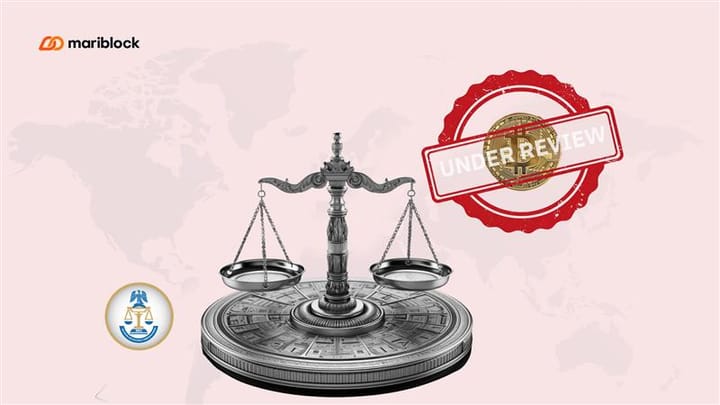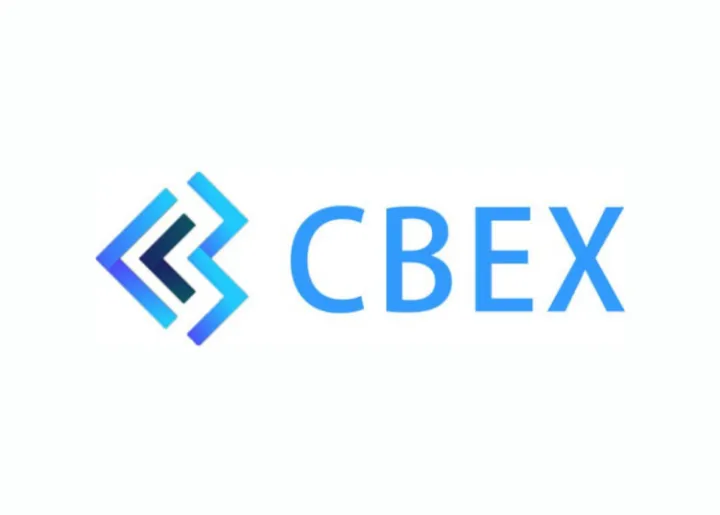African DeFi lenders need to partner with traditional institutions to scale, says Jia co-founder
Cheng Cheng, COO and co-founder of DeFi lending platform Jia, believes that support from big financial institutions will help scale DeFi loans in Africa.

Africa’s credit gap problem has inspired solutions and innovations built on different technologies and methods. These solutions, which cut across microfinance, fintech lending, and lending through decentralized finance (DeFi), are empowering small-scale businesses across the continent.
In a recent interview with the Crypto@Scale podcast, Cheng Cheng, co-founder of Jia, and George Mosomi, COO of Safi Protocol, discussed the adoption of DeFi lending and use cases across Africa.
Here are five key takeaways from the discussion.
One of the biggest challenges facing Africa's credit landscape is the lack of access to data.
Africa’s credit landscape has many gaps, the chief of which is the lack of access to data.
In Africa, several problems hinder the provision of credit to micro, small, and medium-sized enterprises (MSMEs) and low-income individuals. As a large population on the continent is unbanked, financial institutions do not have the requisite information to conduct formal credit scoring that will make people eligible for loans. Mosomi, who has years of experience financing assets in the energy sector and providing loans to MSMEs, highlighted alternative credit scoring opportunities via the collection of alternative data.
He said:
“Most people [don’t] have a bank account [until] they [get] into formal employment … But the reality is that there’s a layer of information that is not potentially covered by the traditional lending datasets.
“If you look at the East African and Southern African spaces, many transactions are captured by SMS data. There’s [also] a lot of information captured on social media which can potentially be used by machine learning models that help you to have a better picture of who these people are.”
Jia leverages data partnerships and on-chain pools to provide credit to emerging markets.
During the discussion, Cheng explained how Jia injects capital into small businesses through partnerships with service providers in various domains who collect and store data on small businesses. With the data obtained from these partners, Jia can underwrite loans and finance these businesses. It also rewards small business owners who repay their loans on time with Jia tokens, representing ownership and enabling them to get higher credit lines and lower interest rates.
When asked how Jia solves challenges in the credit space, Cheng said:
“Jia is partnering with organizations who might have alternative data first and then leveraging the token to incentivize the pro-system behavior for our borrowers. The third piece is where we source capital globally via the on-chain pools.”
DeFi lenders need the support of Traditional institutions to provide enough retail loans.
Despite the emergence of new players in Africa’s credit landscape, such as fintech companies and DeFi lending platforms, traditional financial institutions still have a significant role in closing the credit gap. According to Mosomi, partnering with traditional banks is the “quickest way to leverage the maximum capability of DeFi potentially.”
Speaking about her experience with these institutions, Cheng said:
“We’re still speaking [with] and trying to obtain liquidity from the traditional funds because, at the end of the day, they are the largest sources of capital, especially as Jia grows [and] we need the big bankers to provide long-term sustainable funds, so we’re speaking to many of them.”
In the African DeFi space, there are two types of lenders: impact-driven and profit-driven.
In response to a question on the profiles of lenders in the DeFi space, Mosomi highlighted the two types of lenders he has encountered over the years in the renewable energy financing sector.
He said:
“In the energy space, we have two typical investors: one who’s looking for yield, and then you have one who’s looking for yield and impact. I think everyone is looking at how we can positively impact society, especially in emerging economies, and how we do it sustainably.”
Adding to this, Cheng said:
“One is more of the retail [lender who is] looking at the more speculative side of things … they invest so they can potentially gain the Jia tokens … And there’s also an interesting segment that’s more conservative on the crypto side but they’re more interested in the mission impact side.”
Jia is using referrals and tokenomics to scale its lending framework.
While discussing DeFi adoption at scale, Cheng elaborated on the importance of a loan underwriting process that caters to retail loans. She explained how Jia underwrites these loans and then uploads its customers’ data on-chain with their consent. With this new credit history, users can be eligible for bigger loans and the opportunity to earn by bringing new customers to the platform.
“When people borrow and repay, we start creating on-chain footprints for them of their borrowing histories. [And later] in the future when someone has a good reputation with Jia, we can issue an NFT that represents their on-chain identity that they can use to go to other lenders … and [the opportunity] to bring other quality borrowers and [earn] additional income over that, ” she said.



